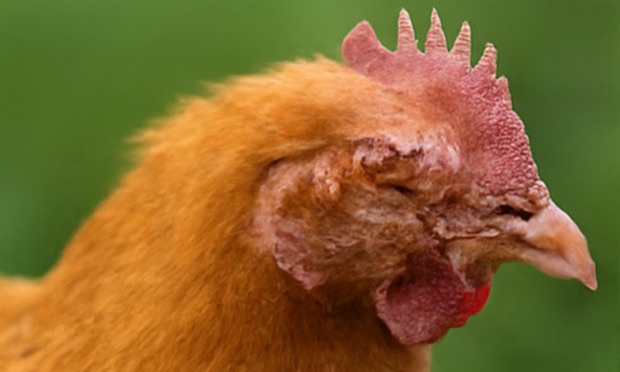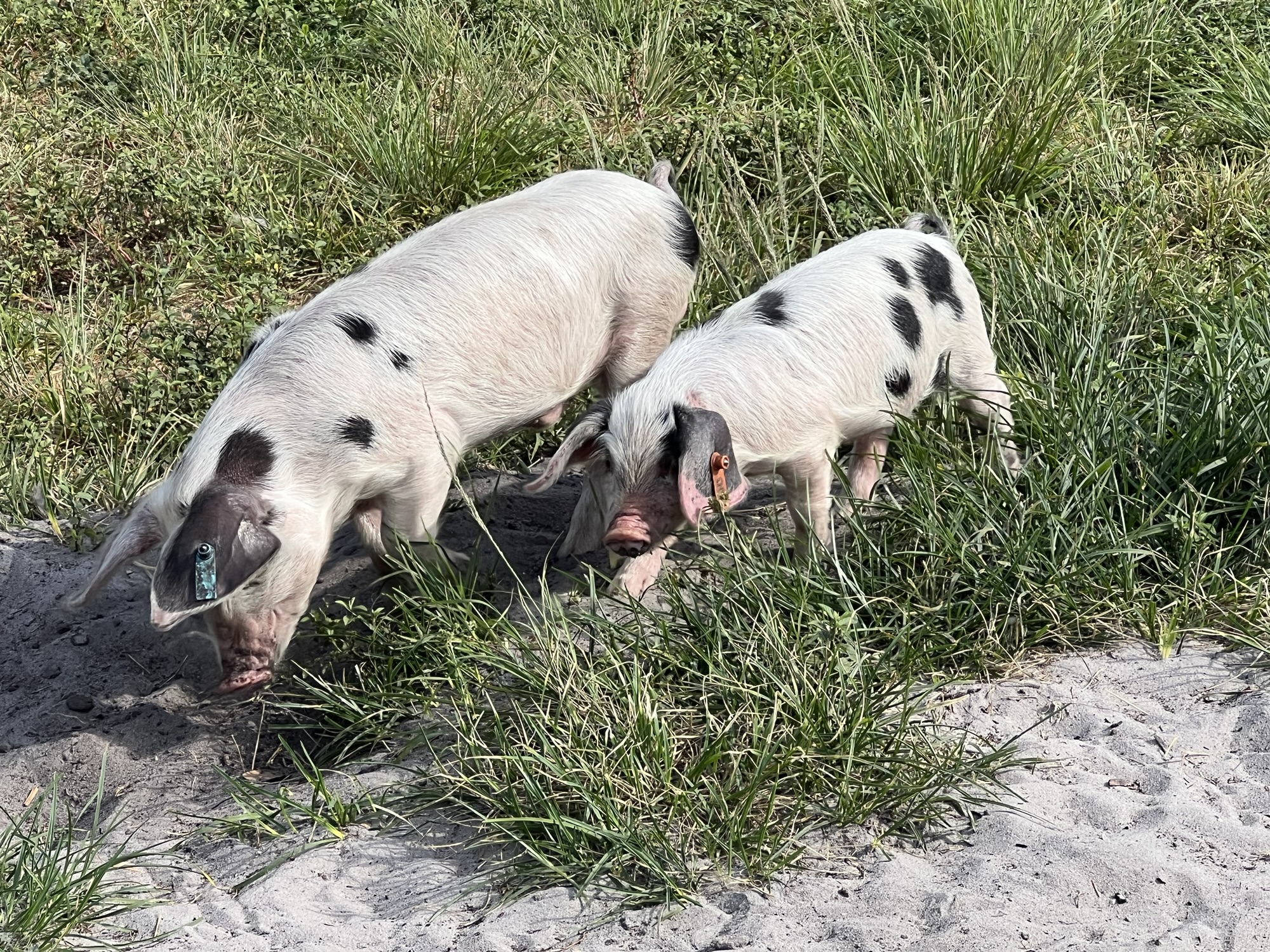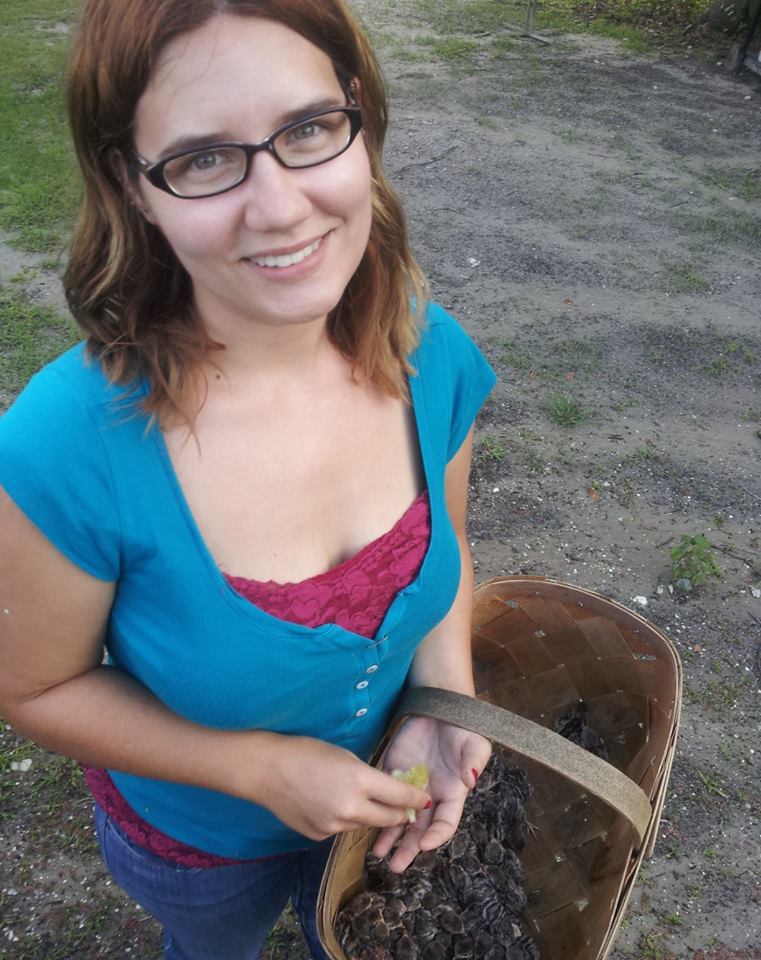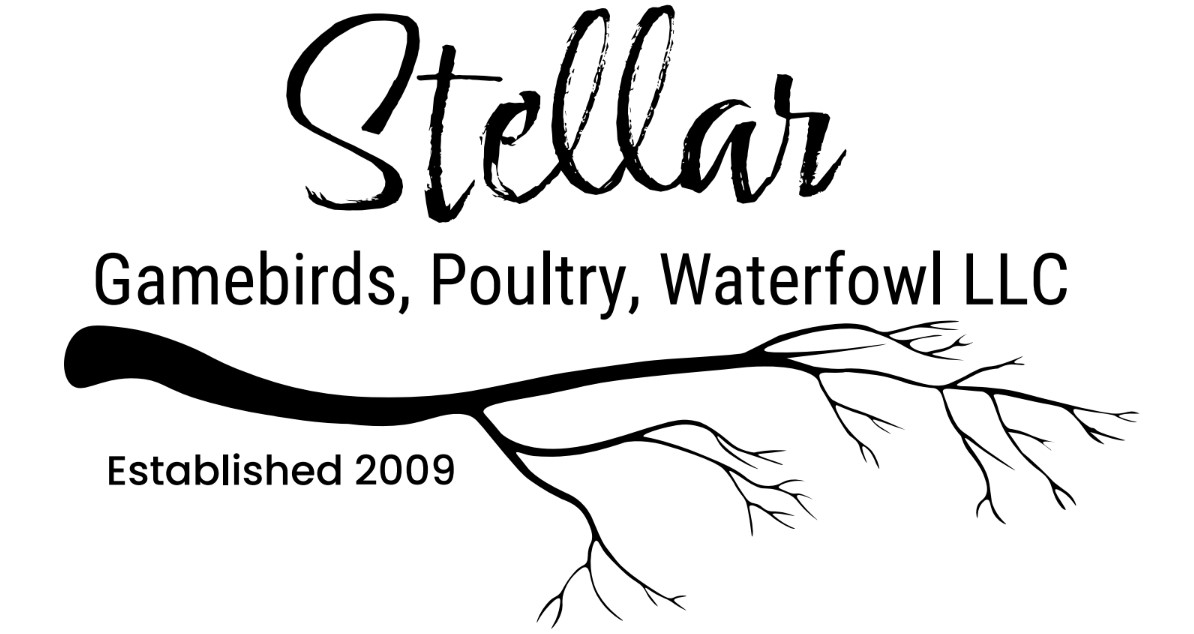When it comes to poultry breeding, one genetic trait that often piques the interest of breeders is slow feathering. Though seemingly a minor detail, the rate at which feathers develop can have significant implications for managing and selecting birds, especially in large-scale operations. Slow feathering is a sex-linked trait that has practical applications for early chick sexing and flock management. This article explores the genetic basis of slow feathering, its role in breeding, and the benefits and challenges it presents for poultry farmers.
The Science Behind Slow Feathering
Slow feathering is controlled by a sex-linked gene, which means the gene responsible for this trait is located on the Z chromosome in birds. In chickens and other poultry species, the sex chromosomes differ from those in mammals: males have two Z chromosomes (ZZ), while females have one Z and one W chromosome (ZW).
The feathering rate is determined by two different forms of a gene, known as alleles:
- K (fast feathering): This is the dominant allele that causes birds to develop their feathers at a faster rate.
- k (slow feathering): This is the recessive allele responsible for slower feather development.
Because the K gene is dominant, birds only need one copy of this gene to develop feathers quickly. In contrast, birds with two copies of the k gene (one from each parent) will exhibit slow feathering. As a result, a bird’s feathering rate is dependent on the combination of these alleles inherited from its parents.
How Sex-Linkage Affects Feathering and Chick Sexing
The sex-linked nature of the slow feathering gene provides a unique opportunity for poultry breeders, particularly when it comes to sexing chicks. In sex-linked crosses, breeders can exploit the difference in feathering rates between males and females to distinguish between the sexes at a very young age, often within a day or two of hatching.
Here’s how it works:
- Male chicks (ZZ): Male birds inherit one Z chromosome from each parent. If both Z chromosomes carry the recessive k allele, the chick will exhibit slow feathering. However, if the chick inherits at least one K allele from either parent, it will feather quickly.
- Female chicks (ZW): Female birds inherit a Z chromosome from the male and a W chromosome from the female. Since the W chromosome does not carry the slow feathering gene, the feathering rate is determined solely by the Z chromosome. If the Z chromosome carries the dominant K allele, the female will feather fast, but if it carries the recessive k allele, she will feather slowly.
This difference in feathering rates between the sexes is invaluable for breeders because it allows for early sex identification. For instance, in sex-linked crosses, where males and females feather at different rates, hatcheries can quickly separate males from females within the first few days of life without needing more invasive or expensive methods.
Practical Applications in Poultry Breeding
The slow feathering gene has important implications for both small-scale and commercial poultry breeders:
- Efficient Chick Sexing: As previously mentioned, breeders can use the slow feathering gene for early chick sexing. This is particularly advantageous in commercial hatcheries where efficiency and accuracy in separating males from females are crucial to the operation. For example, broiler farms may only want to raise males for meat production, while laying operations will focus on raising females. Early identification reduces waste and improves productivity.
- Crossbreeding Strategies: Breeders can design specific sex-linked breeding programs to achieve the desired results in offspring. For instance, a slow-feathering male can be crossed with a fast-feathering female to produce chicks where the difference in feathering rate will indicate their sex. These strategies allow breeders to streamline flock management and maintain high production standards.
- Breed Preservation and Diversity: The slow feathering trait is present in several traditional breeds, including certain heritage and ornamental chickens. For those invested in preserving rare breeds, understanding and maintaining this trait can be important for conserving genetic diversity in poultry.
Challenges and Considerations
- Environmental Vulnerability: Birds with slow feathering may take longer to develop full plumage, which can leave them more exposed to environmental factors such as cold or wet conditions. Farmers need to provide extra care during the early stages of development to protect slow-feathering chicks from exposure-related health issues.
- Health Impacts: In some cases, slow feathering can be linked to other genetic factors that might influence the bird’s overall health. It’s essential to monitor slow-feathering birds for any signs of stress or vulnerability, particularly if they are part of a larger breeding program.
- Selective Breeding Pressure: In some commercial operations, there may be pressure to favor fast-feathering birds for quicker turnaround and ease of management. This could lead to reduced genetic diversity if slow-feathering birds are excluded from breeding programs altogether. Breeders need to strike a balance between practicality and maintaining diverse traits in their flocks.
The slow feathering gene in poultry is more than just an interesting genetic trait—it offers tangible benefits for breeding and flock management. Its sex-linked nature makes it a powerful tool for early chick sexing, improving efficiency in commercial operations. At the same time, the trait contributes to the genetic diversity of heritage and ornamental breeds, preserving valuable characteristics in poultry populations.
For poultry farmers and breeders, understanding how the slow feathering gene works and how it can be applied in their breeding programs is essential for making informed decisions about flock management, sustainability, and productivity. While there are challenges to managing slow-feathering birds, the benefits they offer, especially in terms of early sex identification and crossbreeding strategies, make them a valuable asset in the world of poultry farming.









